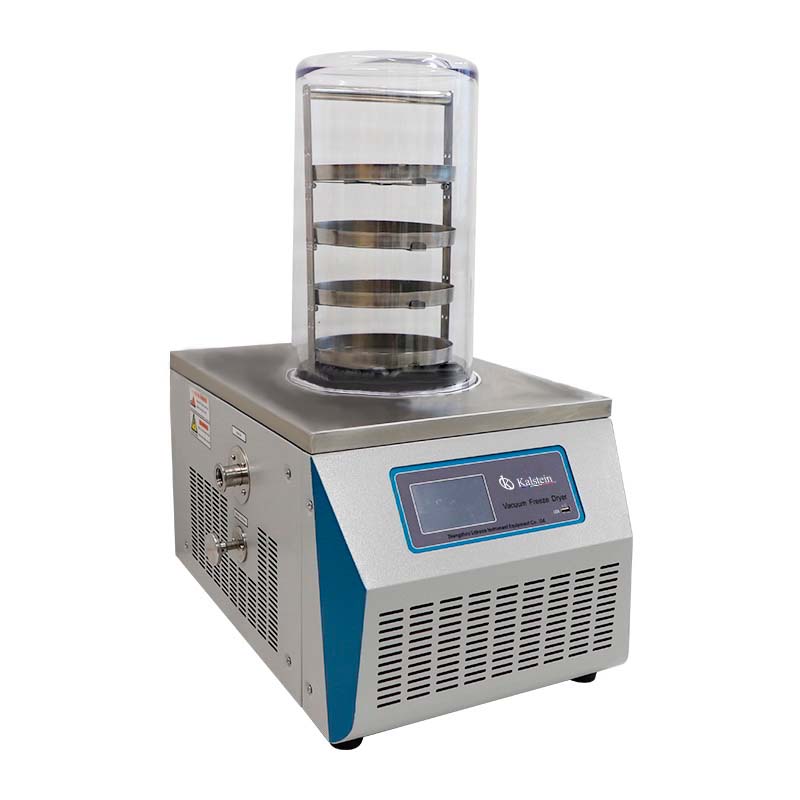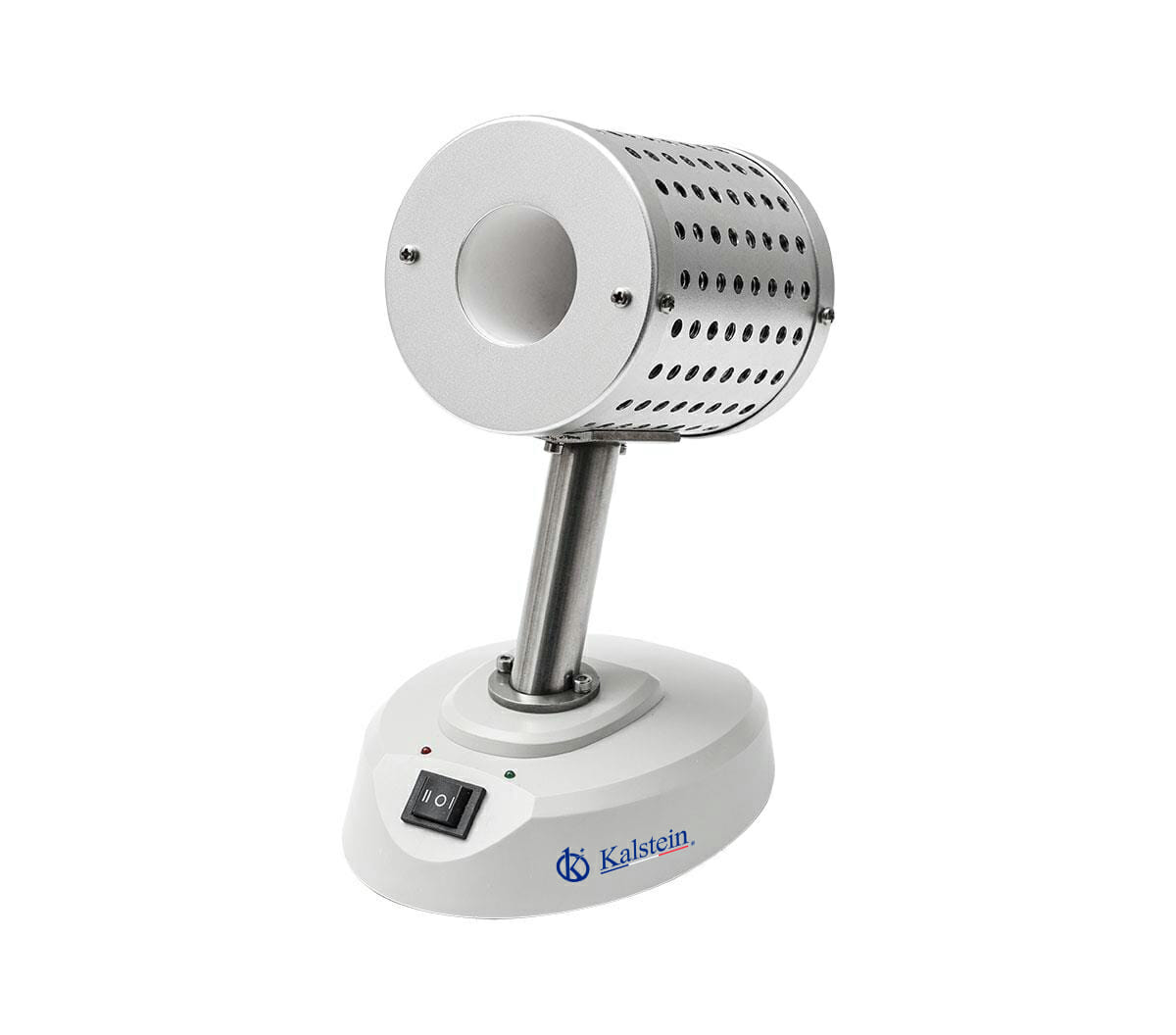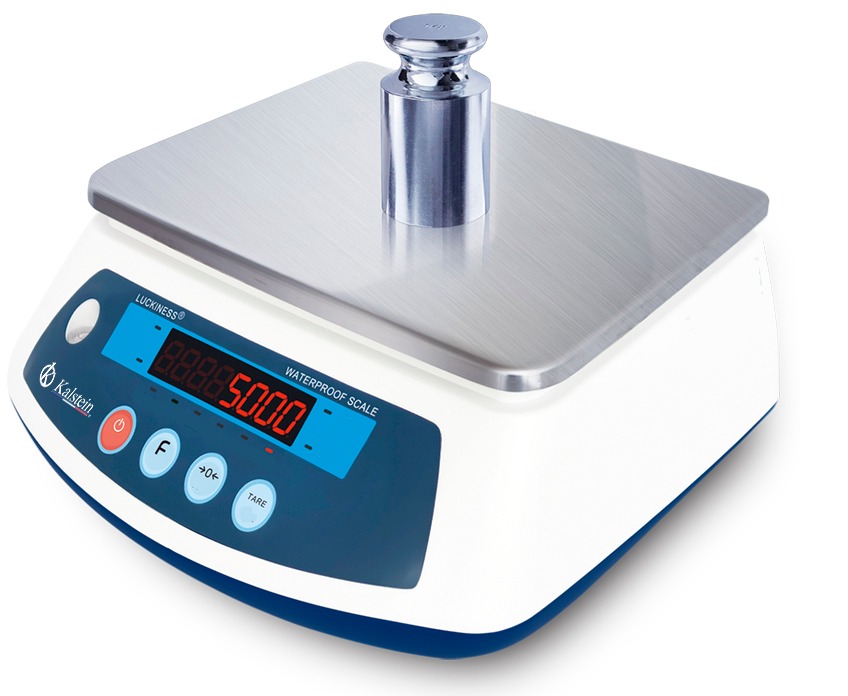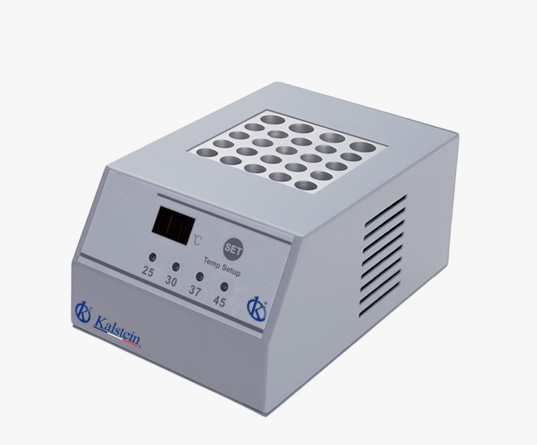The freeze-drier is a laboratory equipment used to carry out the freeze-drying process, which consists of removing the moisture present in a given product through cold-drying, is a process that has as its main objective to separate water from a solution by freezing and subsequent sublimation of ice at reduced pressure.
This technique or methodology is used to stabilize biological materials composed mainly of water. Today freeze-dryers are divided into two main categories: those that operate in batches and those that operate continuously.
Parts of a lyophilizer
- Dry chamber or freeze-drying chamber: is the place where the substance or product to be lyophilized is placed. It can present different shapes with compartments where sublimation takes place, passing the water from solid to steam. The closure is airtight and is worked under vacuum.
- Condenser with cooling circuit: This device communicates with the dry chamber and condenses the steam that is generated in the sublimation. A coolant keeps it at a lower temperature than the dry chamber (-50 to -125 °C).
- Vacuum System: The vacuum is generated by an oil pump working on 10-2 mbar connected to a trap so that no vapors from the solvent will pass into it. The vacuum system first removes air from the dry chamber when starting the freeze-drying process, and then helps the sublimation.
How does freeze-drying work?
Lyophilization is the best process to dry organic or inorganic compounds without altering their qualitative or quantitative composition. The process of lyophilization is carried out under vacuum and at low temperature, so, for example, it is possible to avoid denaturation of proteins. Food and biological materials such as cells, tissues, bacteria and vaccines become dry products, avoiding the passage through their liquid phase, and consequently enzymatic, biological and chemical changes.
Maintenance of a lyophilizer
Here at Kalstein we present a series of practical tips for the proper maintenance of a lyophilizer:
- Check the temperature, pressure and speed of the water cooling system, and make sure both water and equipment are clean.
- Review all pipe routes, including the cooling pipe, all cooling pipes designed for draining and drying, hydraulic pipe, cooling pipe, and ensure that there are no leaks in the convection circulation pipe.
- Control System: fuses, thermal protectors, relays, contactors and sensors must be working, sensitive and reliable.
- Check the pressure gage readings of the cooling system, verify that the oil level is within the correct range, as well as the color and brightness of the refrigeration lubricating oil is adequate.
- Check the vacuum pump oil level, oil color and brightness, noise volume during operation, and check the vacuum counter readings under atmosphere. Operate according to instructions if necessary.
- Cooling chamber: check the cleaning conditions of the sealing strips, the stability of the lid when going up and down.
- Thermal Oil Circulation System: Observe the thermal oil pressure when the circulating pump is running.
- Observe the surface and color of the oil container expansion, and the silica-gel color in the dryer.
- For valves, check the flexibility of all magnetic valves during opening and closing, repair if necessary. Check the accuracy of the vacuum butterfly valve and the effectiveness of all magnetic valves, repair if necessary.
What do we offer you in Kalstein?
Kalstein is a company MANUFACTURER of laboratory equipment of the highest quality and that have the most advanced technology at the best prices in the market, so we guarantee you a safe and effective purchase, knowing that you have the service of a firm and committed to science. In this opportunity we present our YR05190 Lyophilizer, new equipment that has the following characteristics: HERE
- CFC-free cooling.
- LCD screen drying curves, English interface.
- Large capacitor opening, capacitor with pre-freeze function.
- Low noise compressor, good efficiency, long service life.
- The capacitor and the operating panel are all stainless steel.
- The drying chamber with organic glass is safe and visible.
- The shelf and tray are stainless steel, the space between trays can be customized.
- Small volume, easy and convenient operation.
- The nitrogen valve is optional.
- The eutectic point test device is optional.
- The communication interface is optional.
- Cascading cooling is optional, applied for -80℃ devices.
For more information about our freeze-driers, we invite you to take a look in our product catalog: HERE




